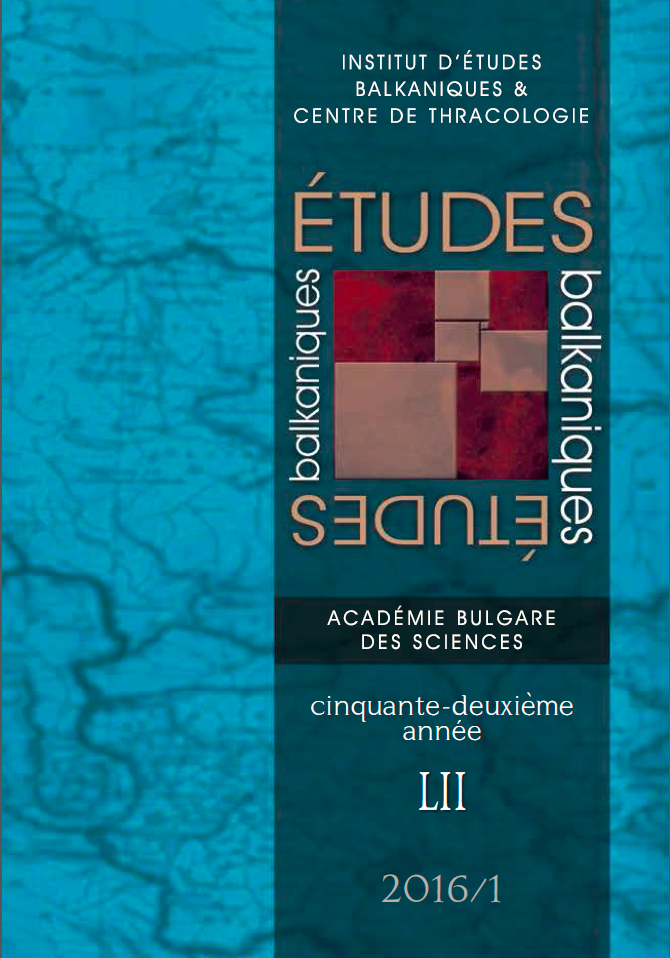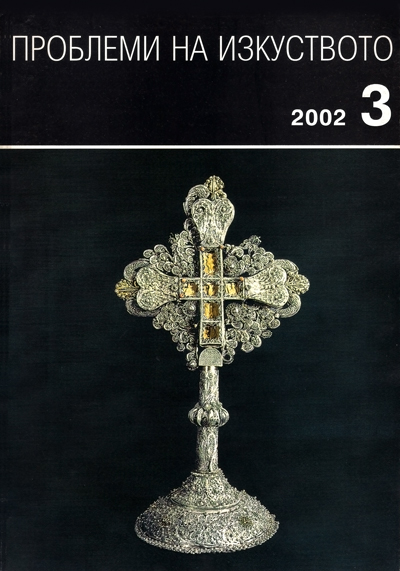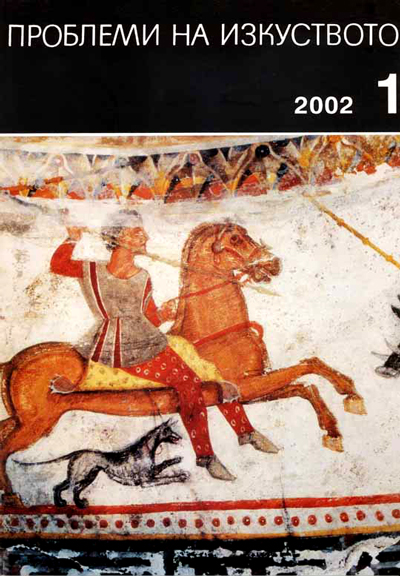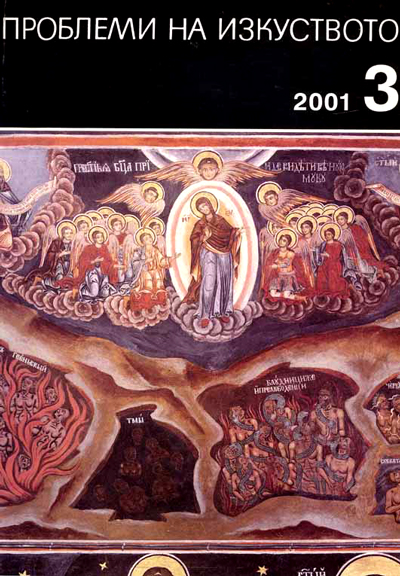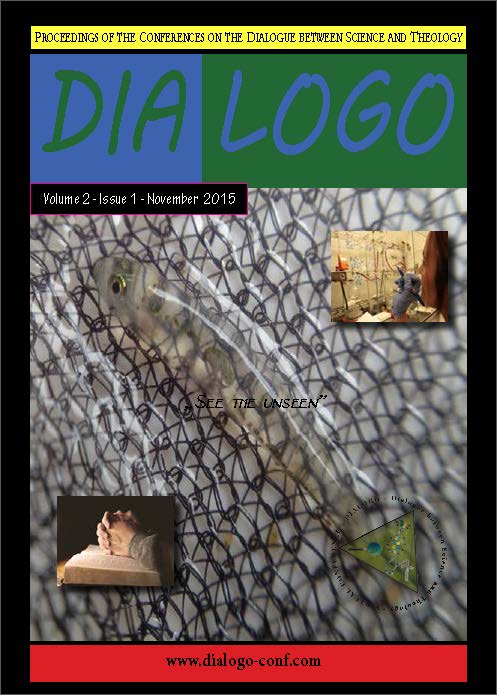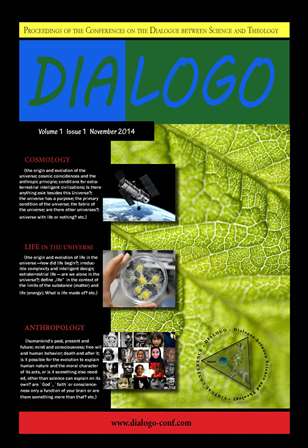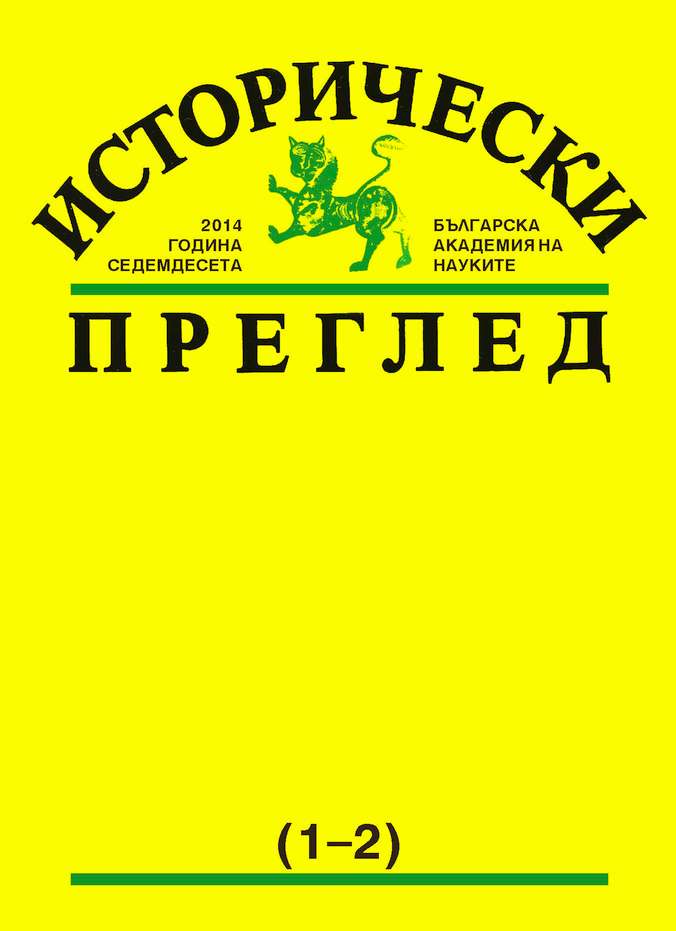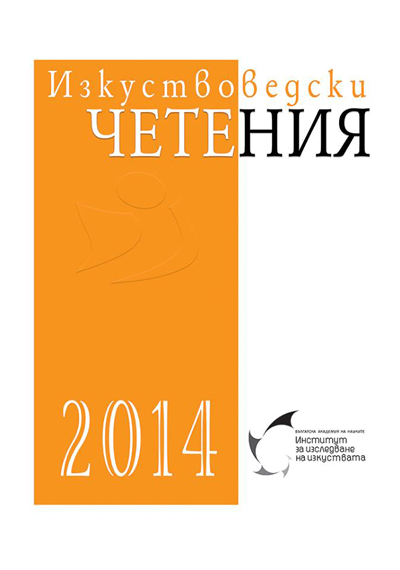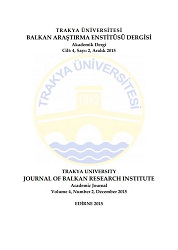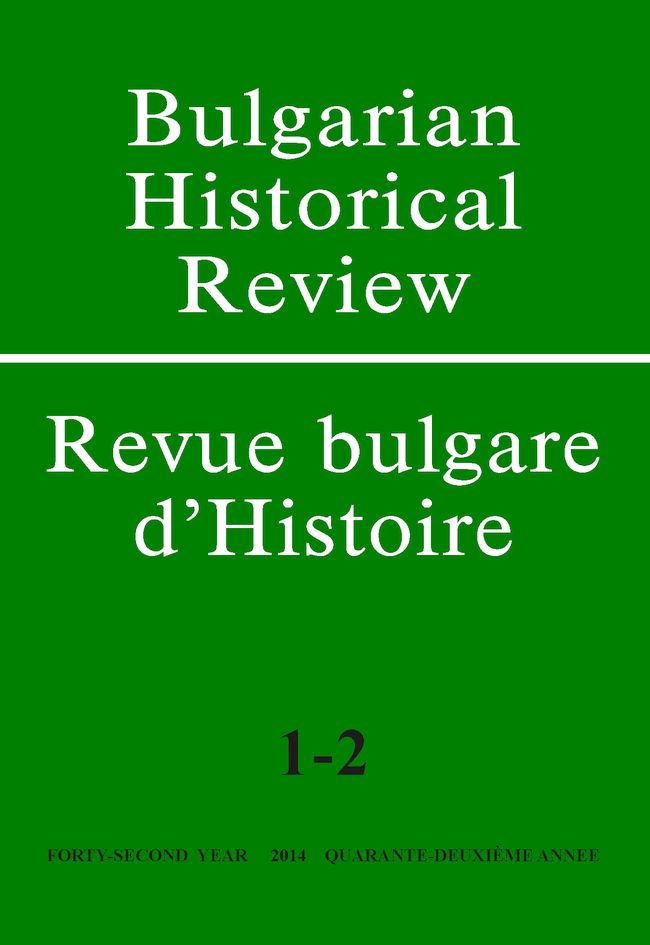
“With the Poles We Have Always Got Along...”
The text examines in brief the Bulgarian-Polish relations to point out that they, due to the important similarities in the destinies of the two Slav peoples, always has been good. The author presents at this background a little known case of Polish-Bulgarian synergy. It concerns a French booklet, published in 1868 by the lay leader of the Bulgarian Church Movement under the title “The Bulgarian Question”. The booklet, created in collaboration with a Polish émigré, was a kind of a manifesto through which the Autocephalous Bulgarian Church was re-established under the name of “Exarchate”. Besides this purely historical and purely Bulgarian significance this text has another very important dimension – which is upto-date and goes far beyond Bulgaria. It consists in the proclamation of the slogan “Variety in unity, liberty in order”, the first part of which is identical with the motto of the EU. This coincidence might be a reason to claim that the European idea has its Bulgarian-Polish roots which must be known and admitted – in Bulgaria and in Poland as well as in the EU.
More...
